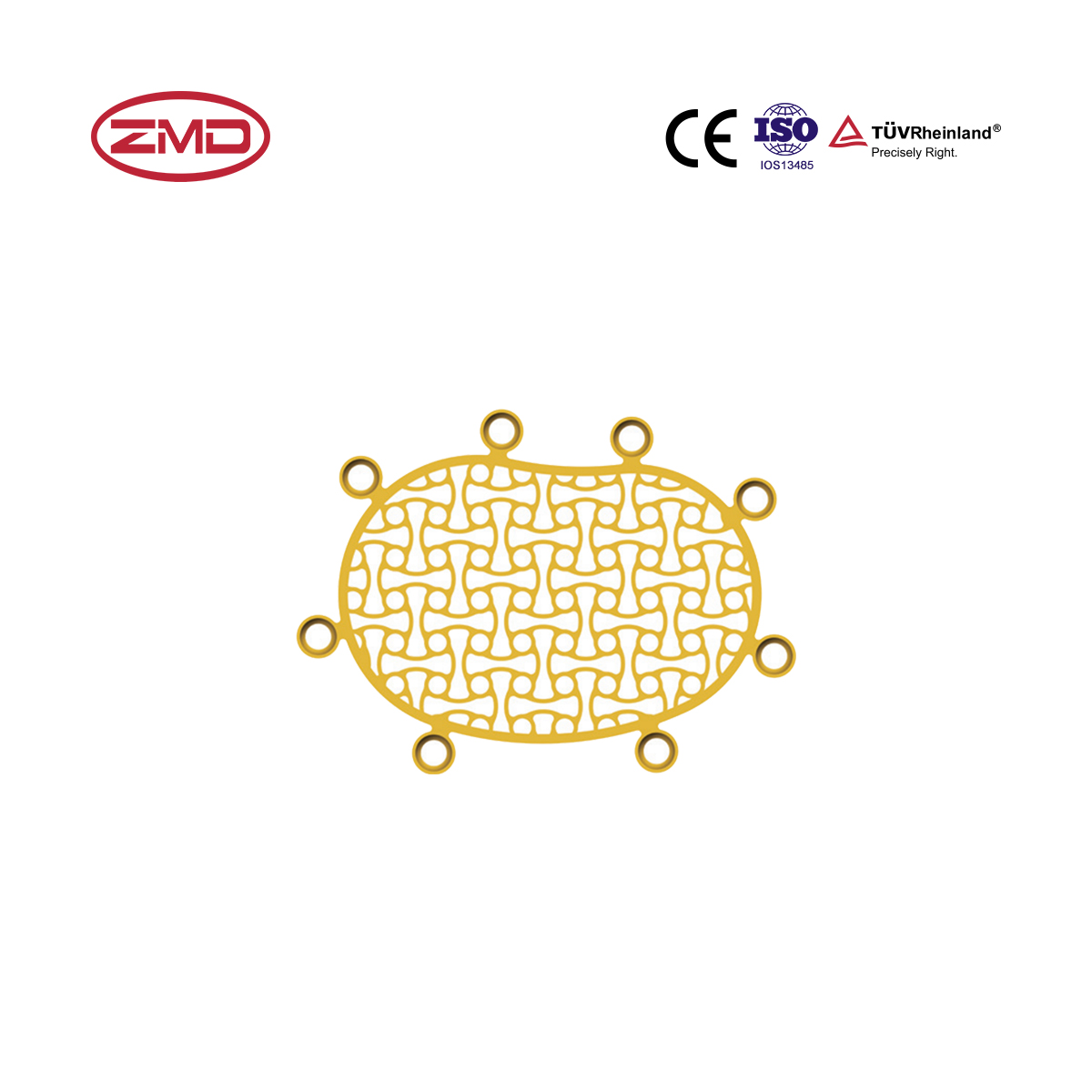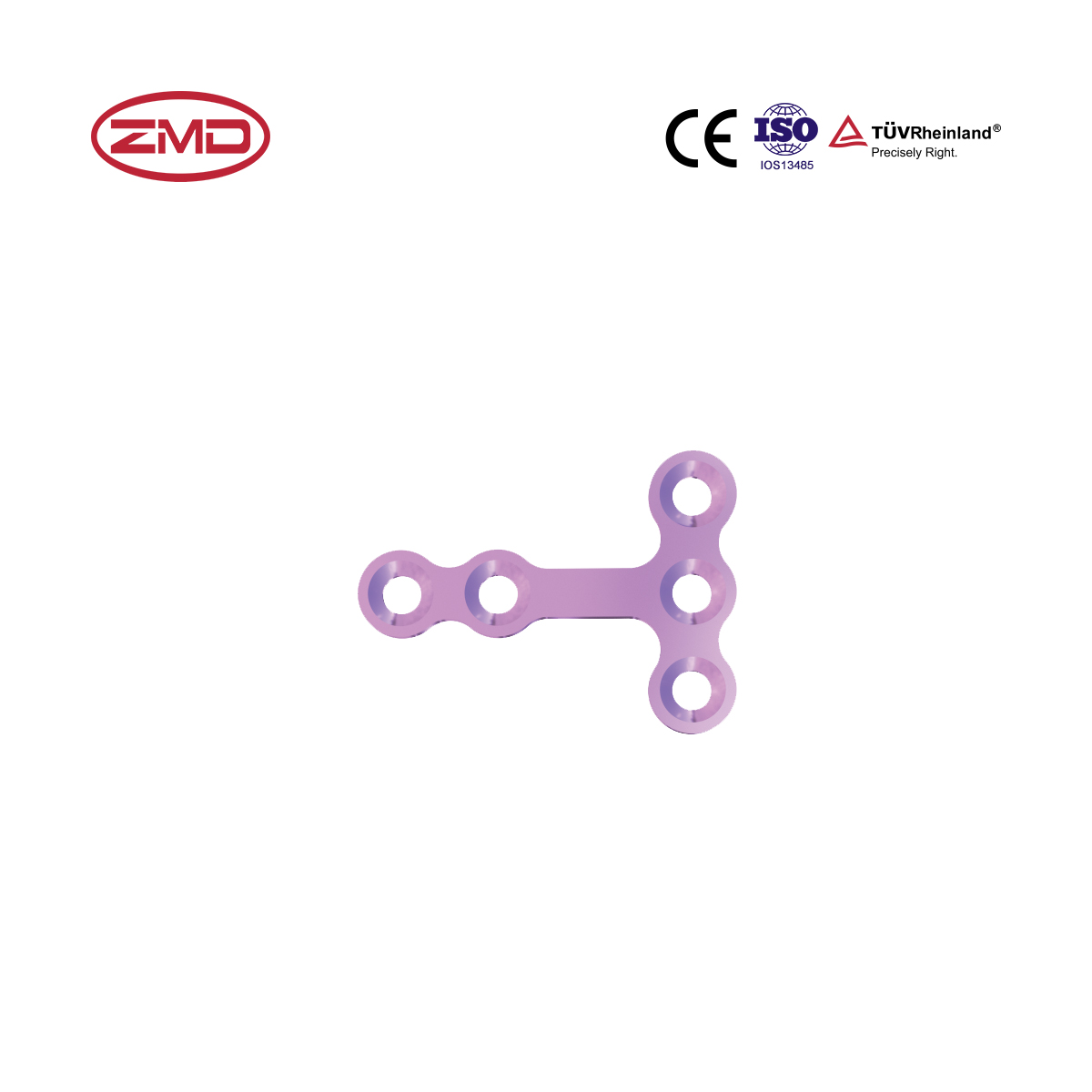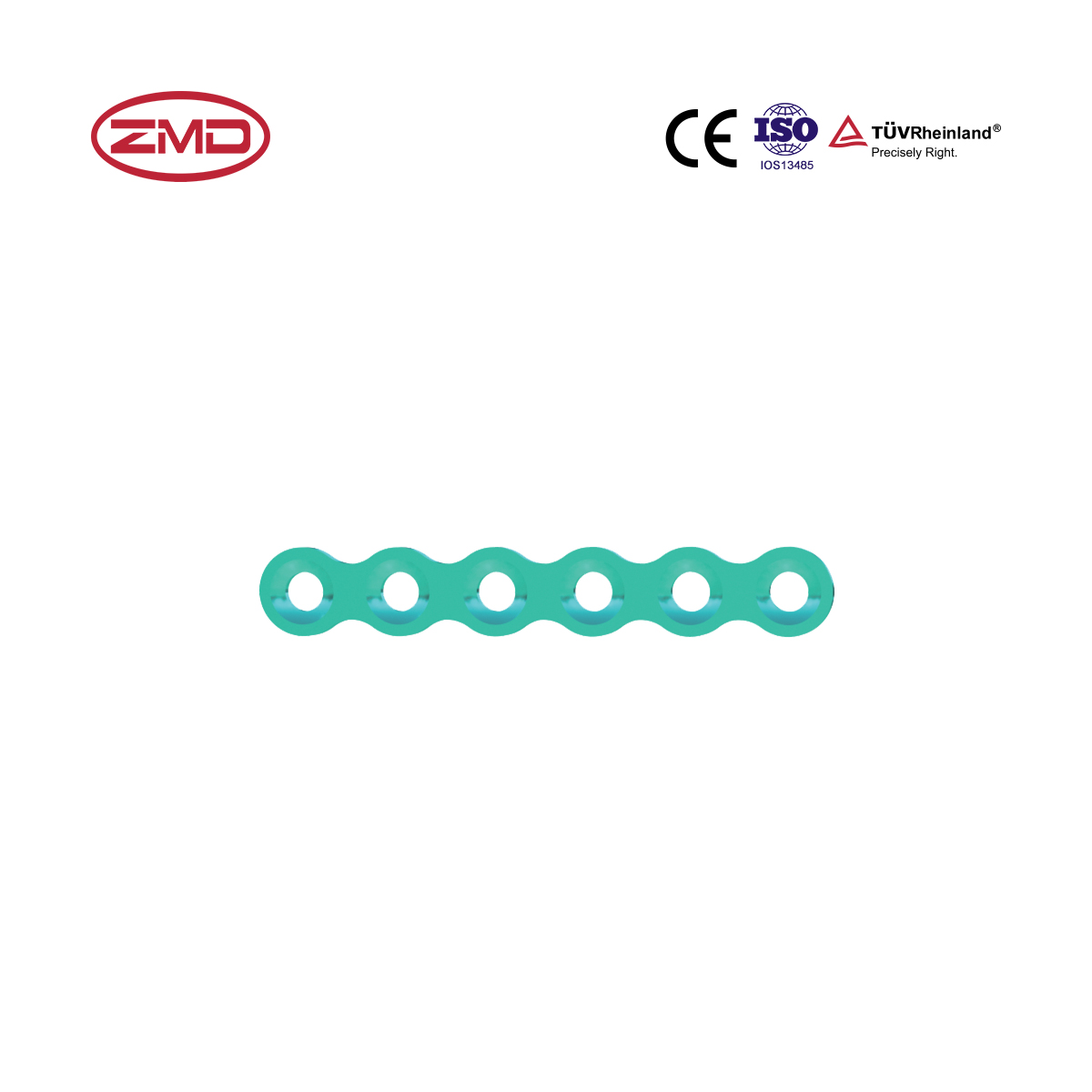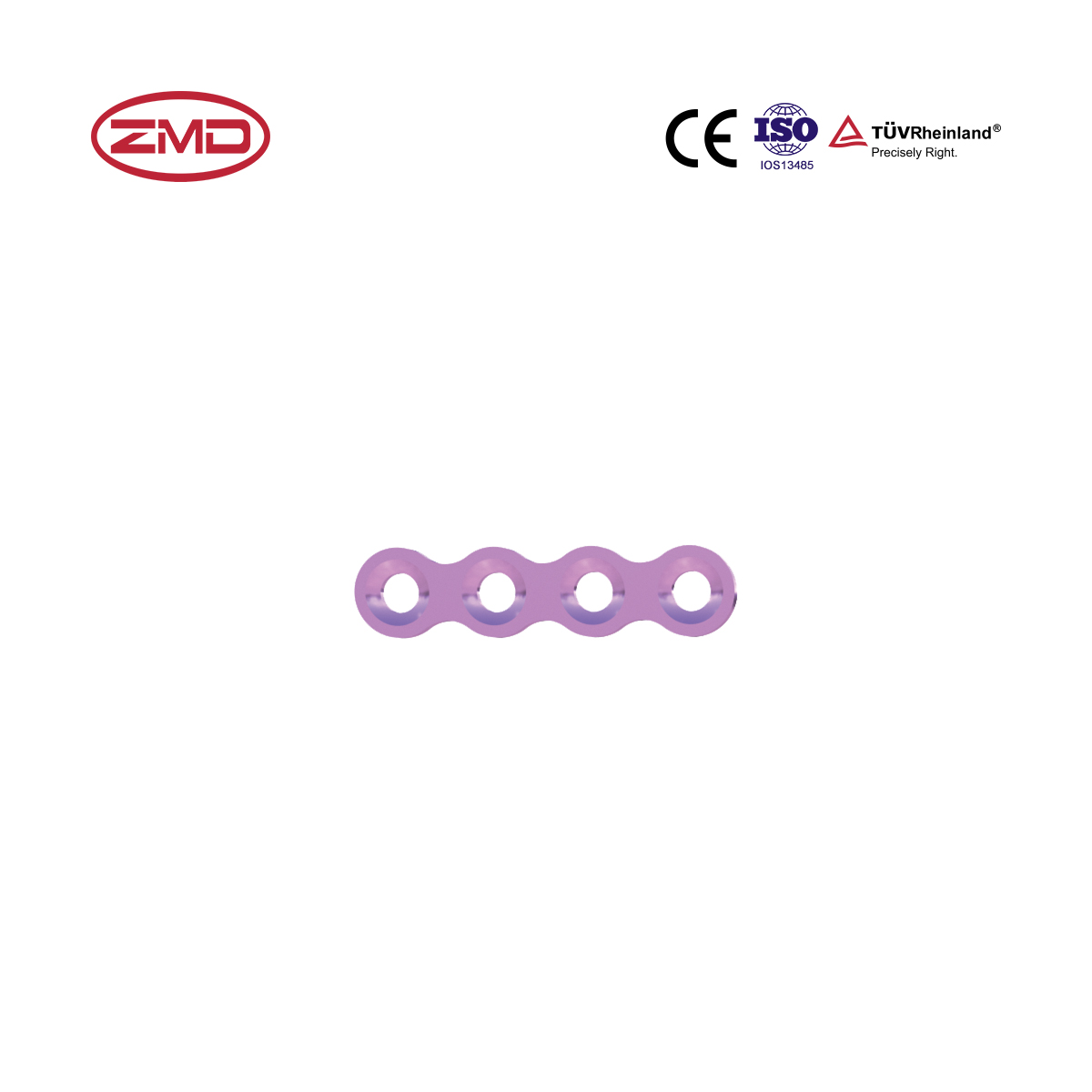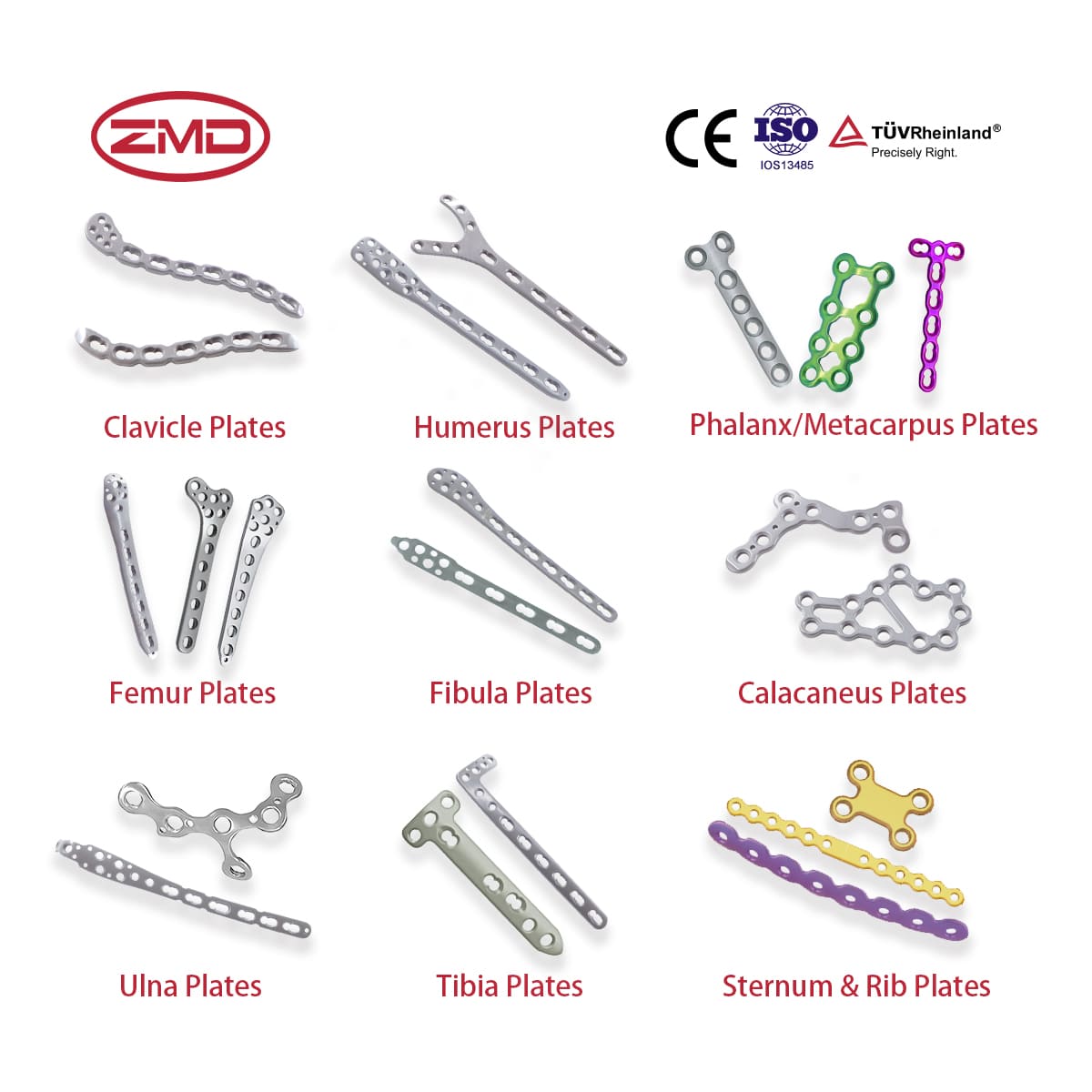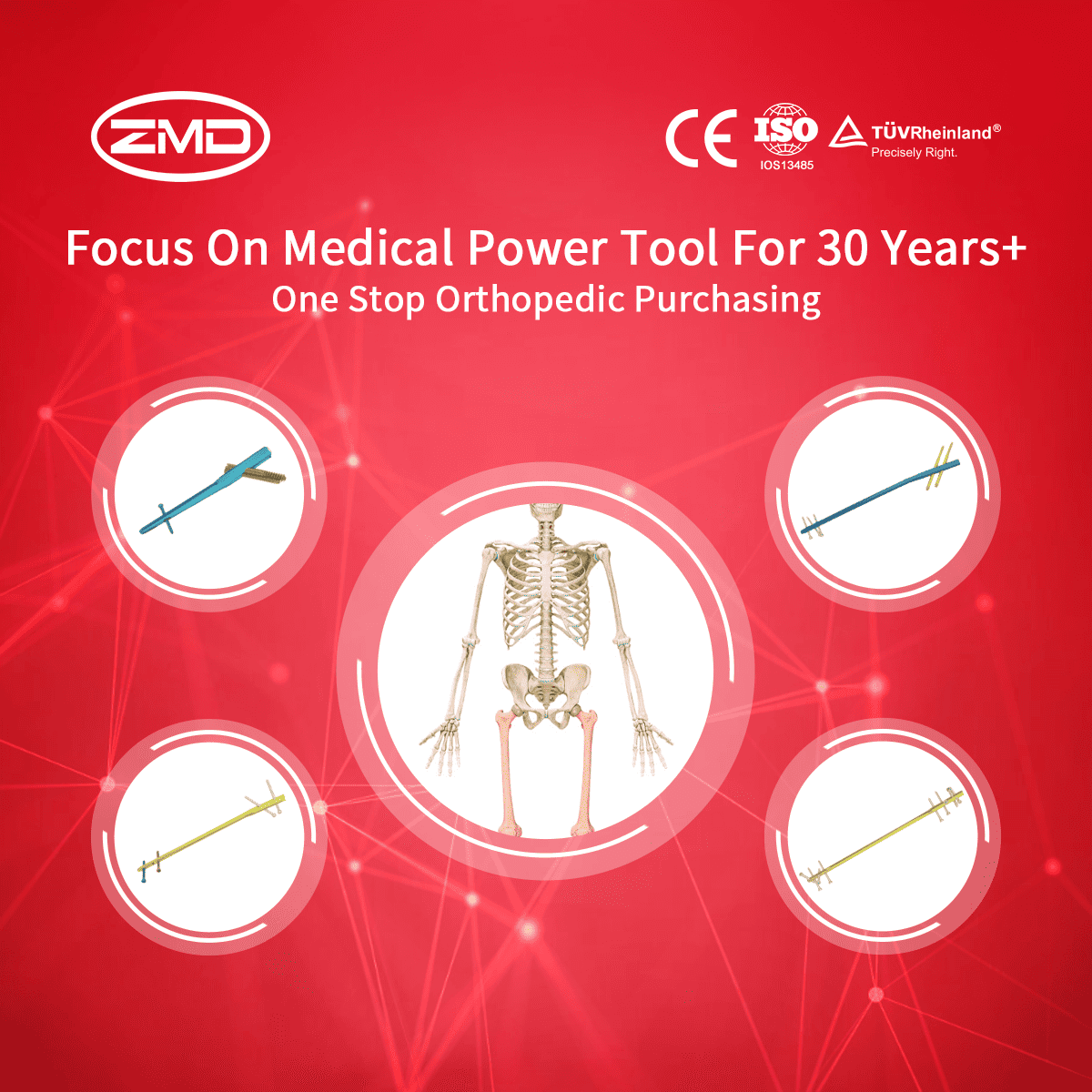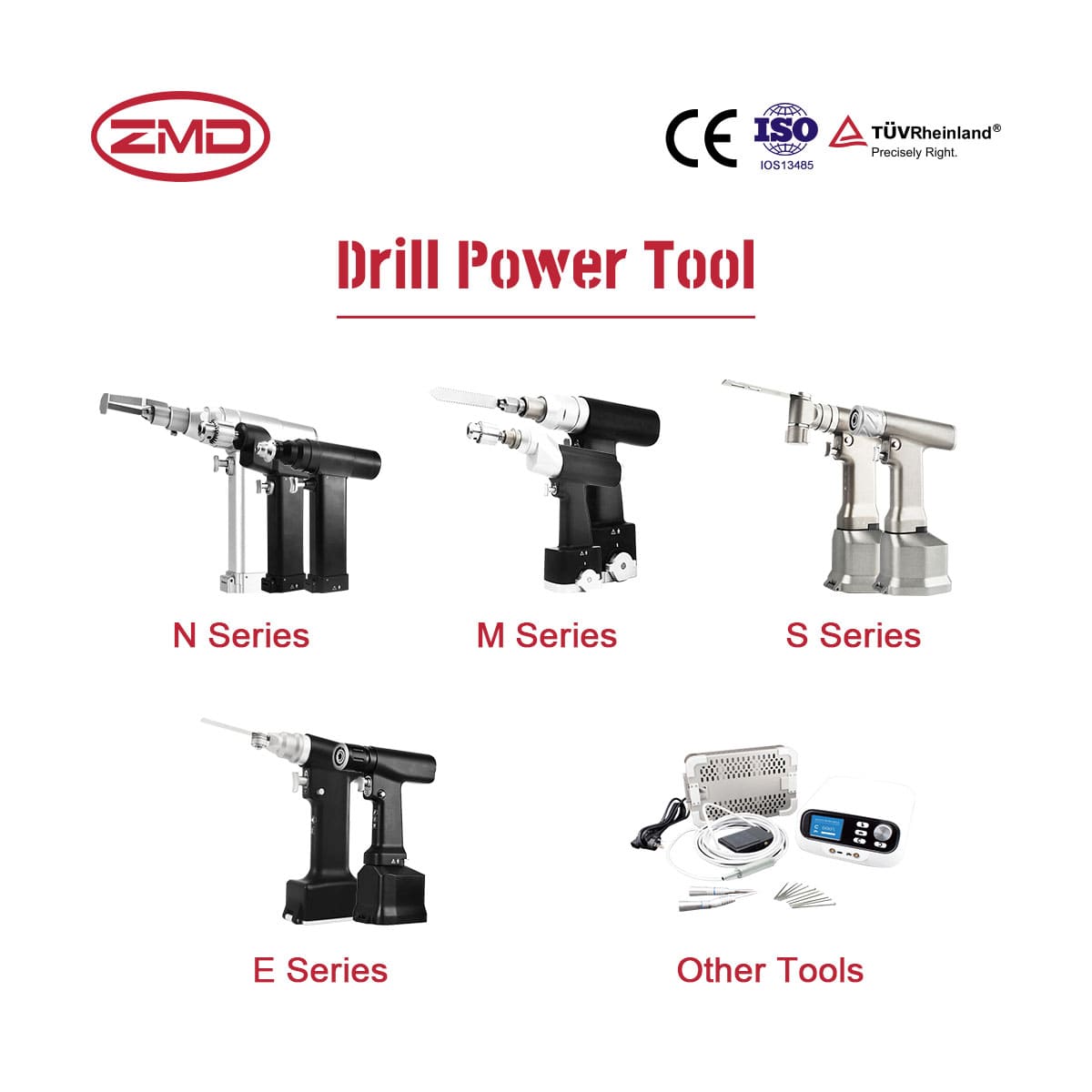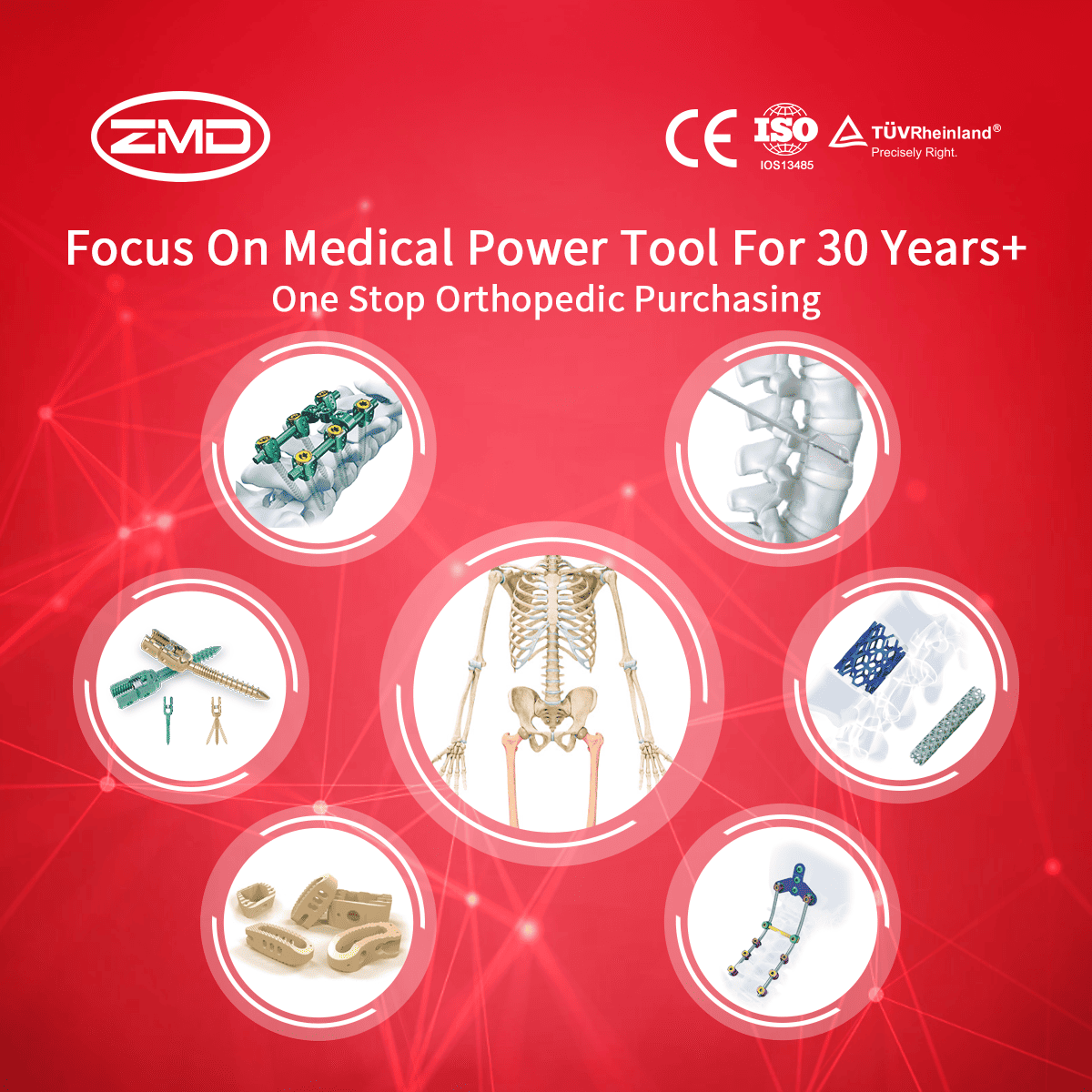Maxillofacial Internal Fixation System
ZMD
Orthopedic Products
Haven't been able to locate the product you're searching for yet?
If you're interested in more orthopaedic implant products, feel free to get in touch with our ZMD consultants.
What are Maxillofacial Internal Fixation Systems?
These systems are designed to stabilize fractures and other bony defects in the facial skeleton. The face is a complex structure with many bones such as the maxilla, mandible, zygoma, and nasal bones. When these bones are fractured due to trauma (like from an accident or a sports injury), or in some cases due to surgical procedures, maxillofacial internal fixation systems come into play.

- Maxillofacial Locking System: Utilizes locking screws for rigid fixation of diverse facial fractures, providing a secure hold during healing.
- Maxillofacial Normal System: Employs non-locking screws for fractures that need less rigid stabilization, allowing for some flexibility in fixation.
- Maxillofacial Orthognathic System: Tailored for orthognathic surgery, ensuring accurate jaw alignment for both functional and aesthetic outcomes.
- Maxillofacial 2.4mm System: Incorporates smaller screws and plates, ideal for delicate facial bones where precision and minimal tissue disruption are key.
- Neuro System: Designed for fractures involving facial nerves, safeguarding nerve integrity while achieving bone fixation.

When Are Maxillofacial Internal Fixation Systems Needed?
When there are fractures of the facial bones such as the maxilla, mandible, zygoma, or nasal bones due to trauma. This can include accidents, falls, or sports – related injuries. The systems help to hold the fractured bone fragments in the correct position for proper healing.
Blog
International Women’s Day: Salute to the “She – Power” at ZMD
International Women’s Day: Salute to the “She – Power” at ZMD Amid the trends of “Intelligent Medical Devices” and “Minimally Invasive Medical Technologies”, ZMD thrives
Discover Innovation with Sunan Medical at AAOS
Discover Innovation with Sunan Medical at AAOS The American Academy of Orthopaedic Surgeons (AAOS) Annual Meeting is the premier event for orthopedic professionals worldwide, offering
Visit Us at Expomed Eurasia 2025: Discover Sunan Medical’s Innovations
Visit Us at Expomed Eurasia 2025: Discover Sunan Medical’s Innovations The 32nd Expomed Eurasia, taking place from April 24-26, 2025, at the Tüyap Exhibition and





